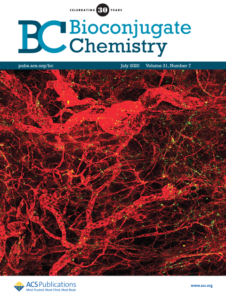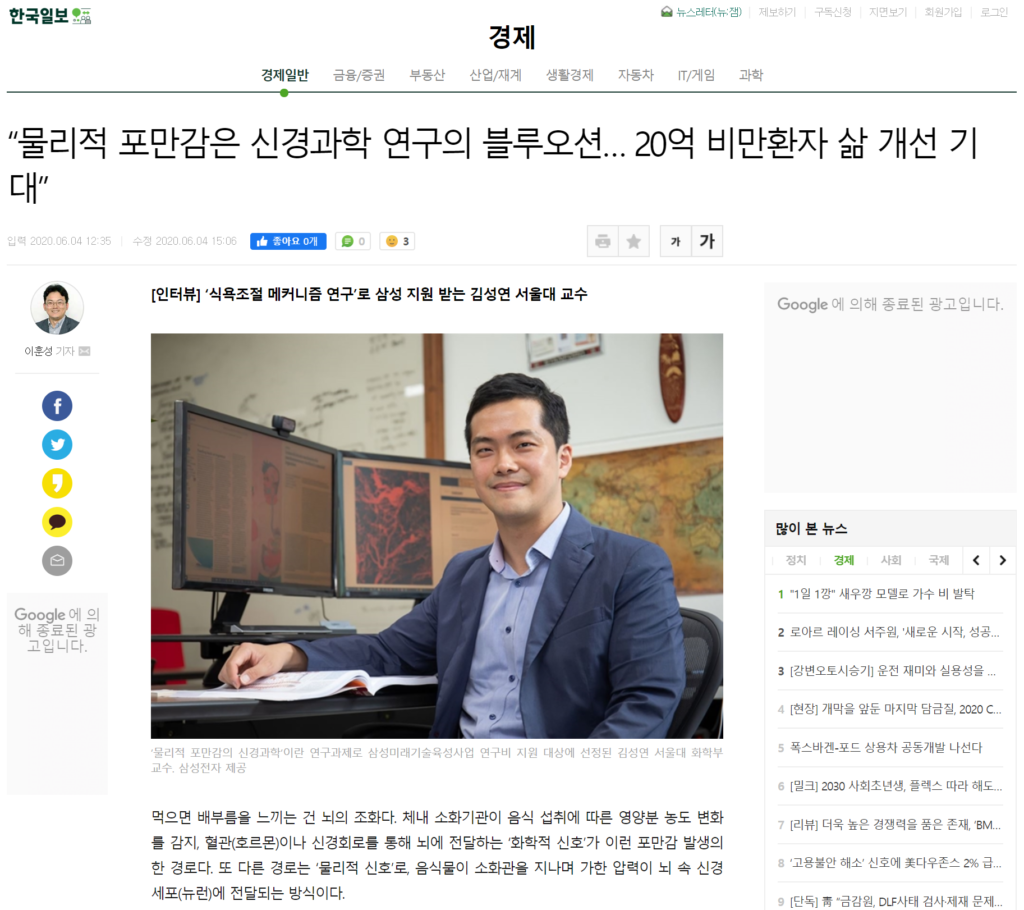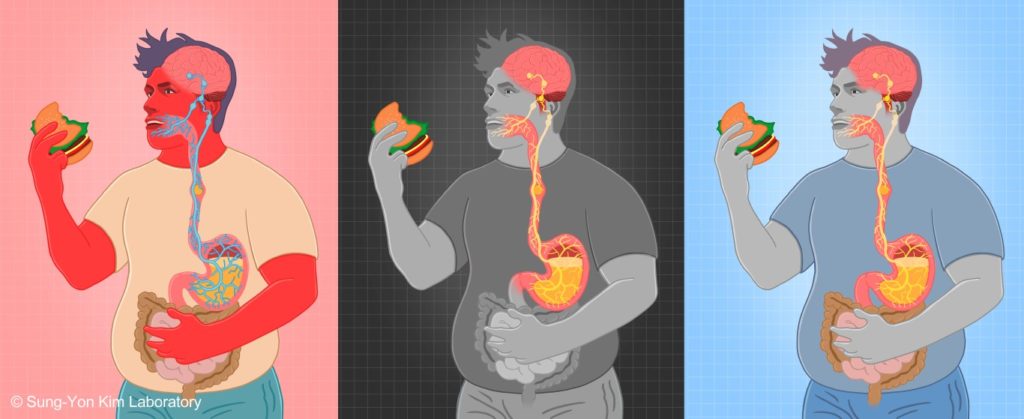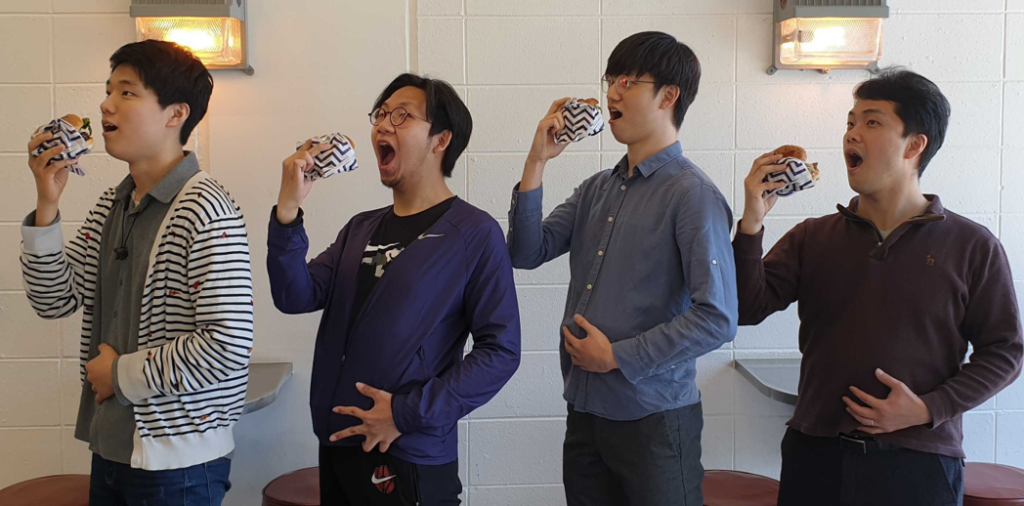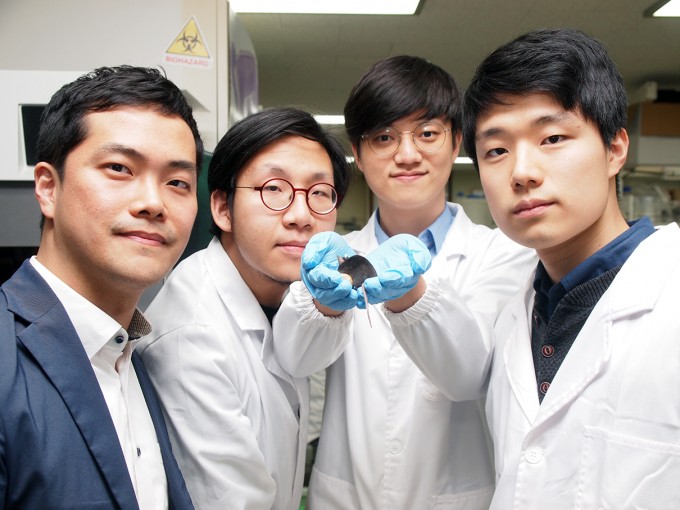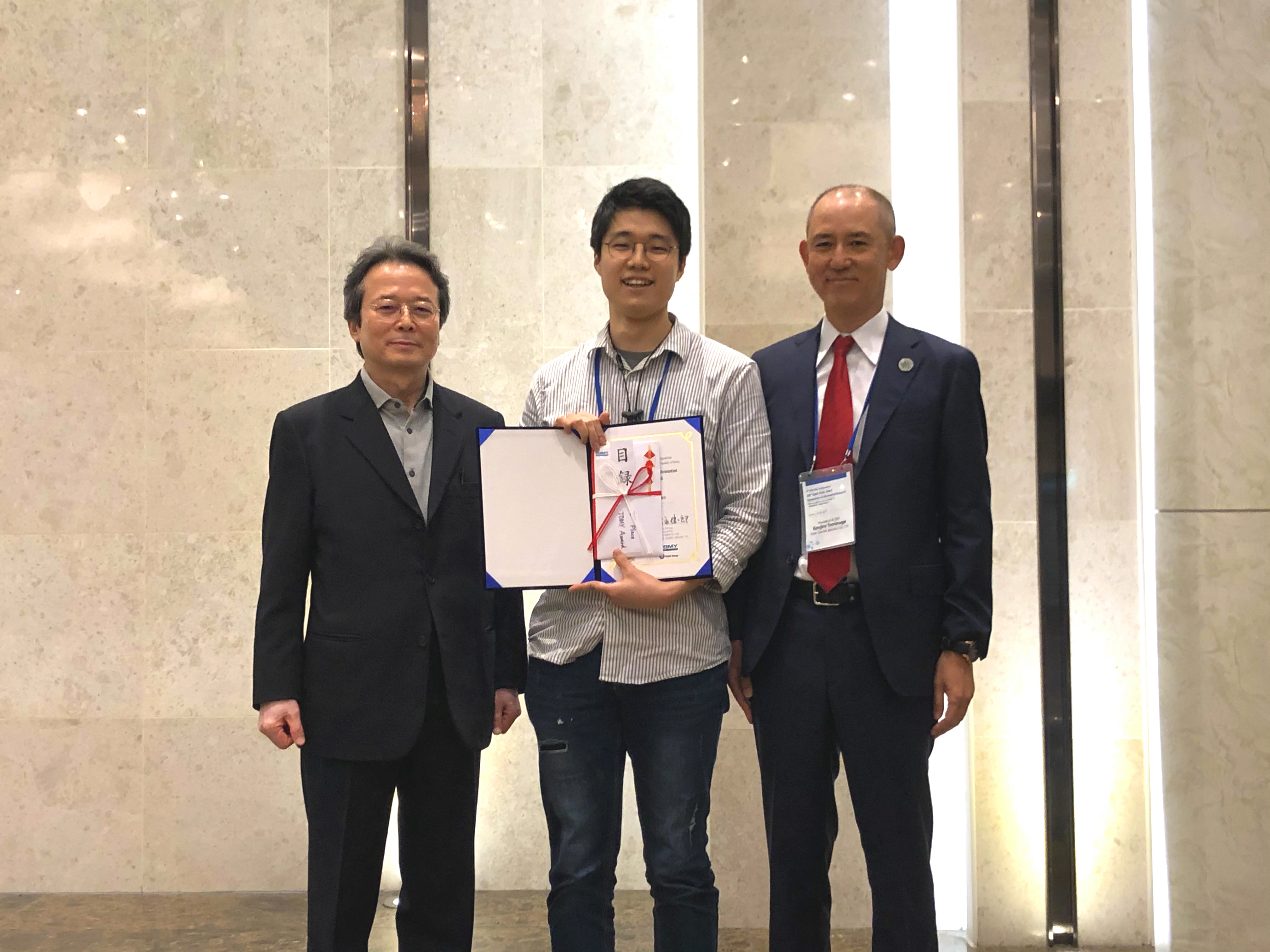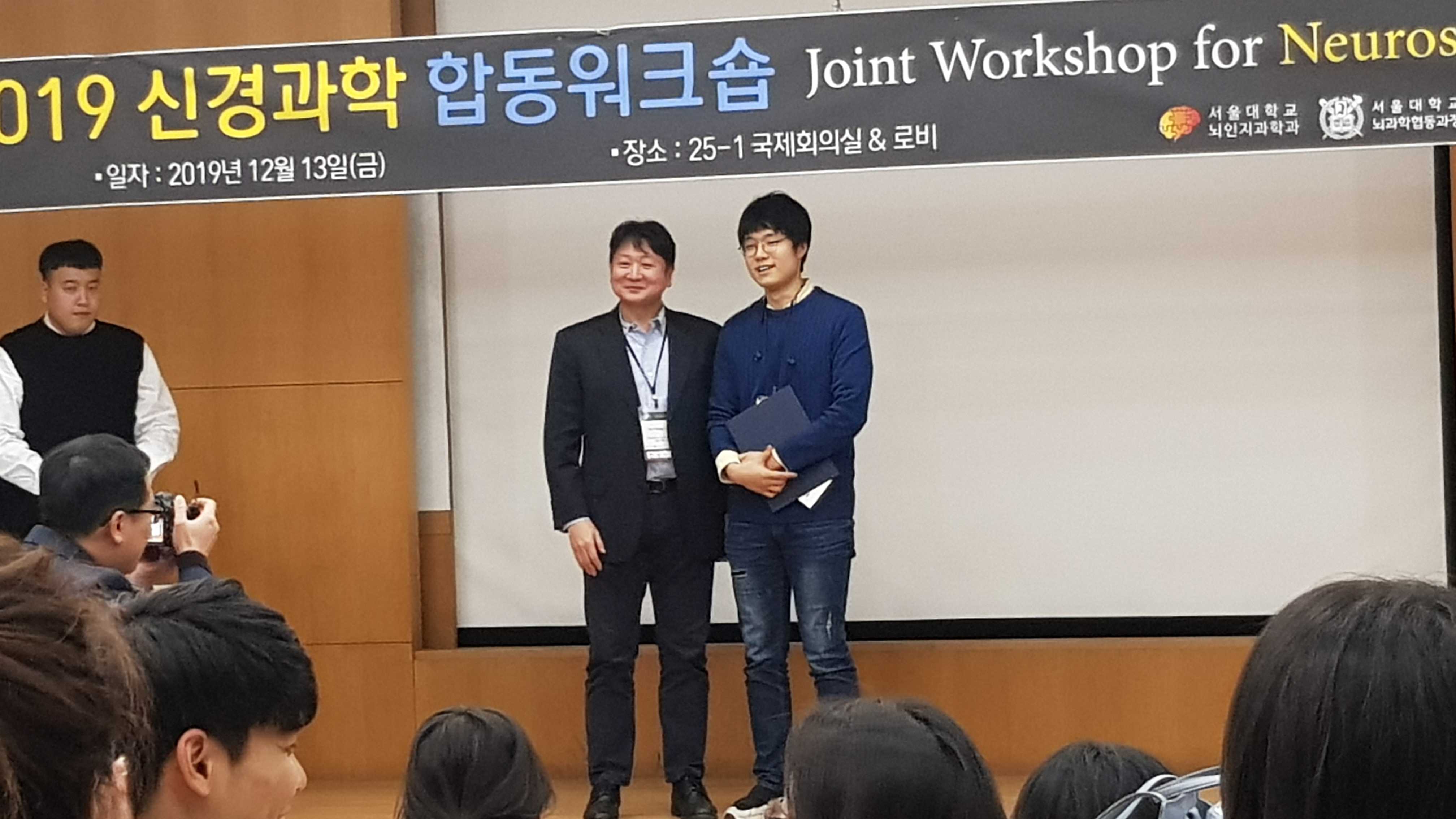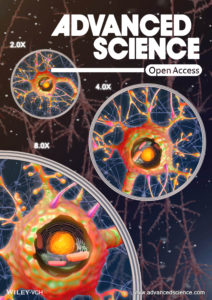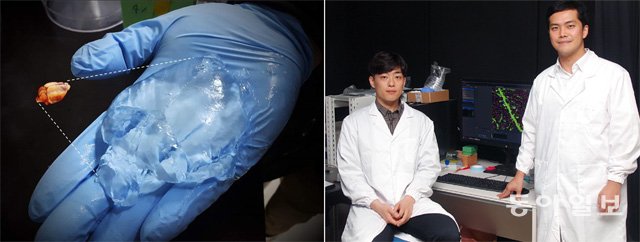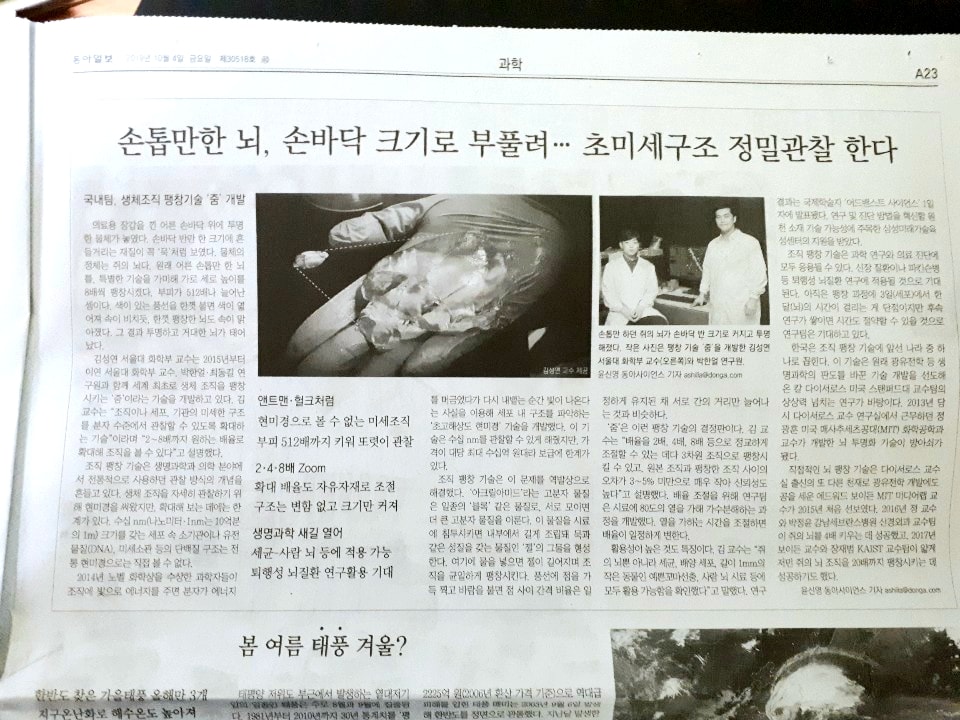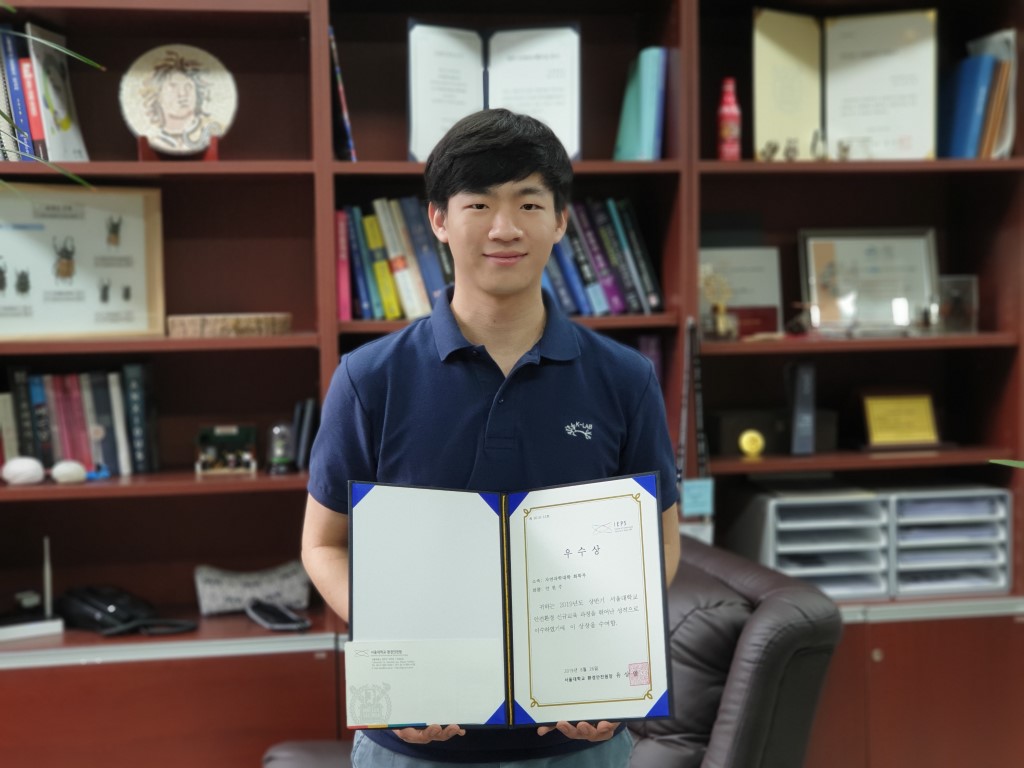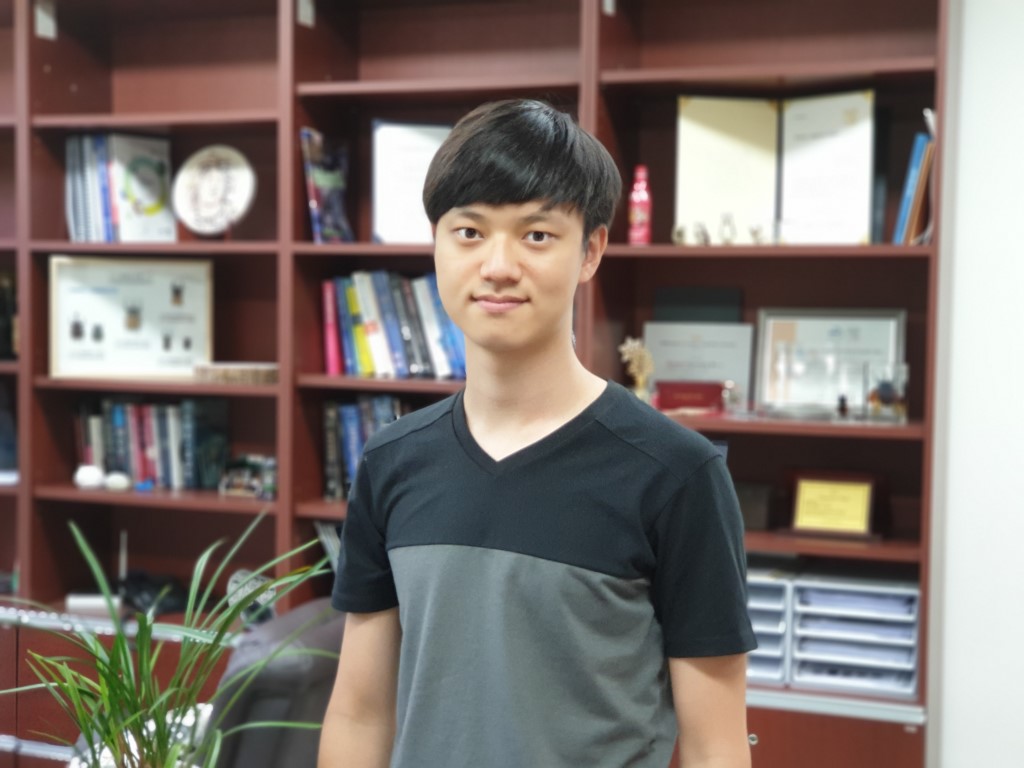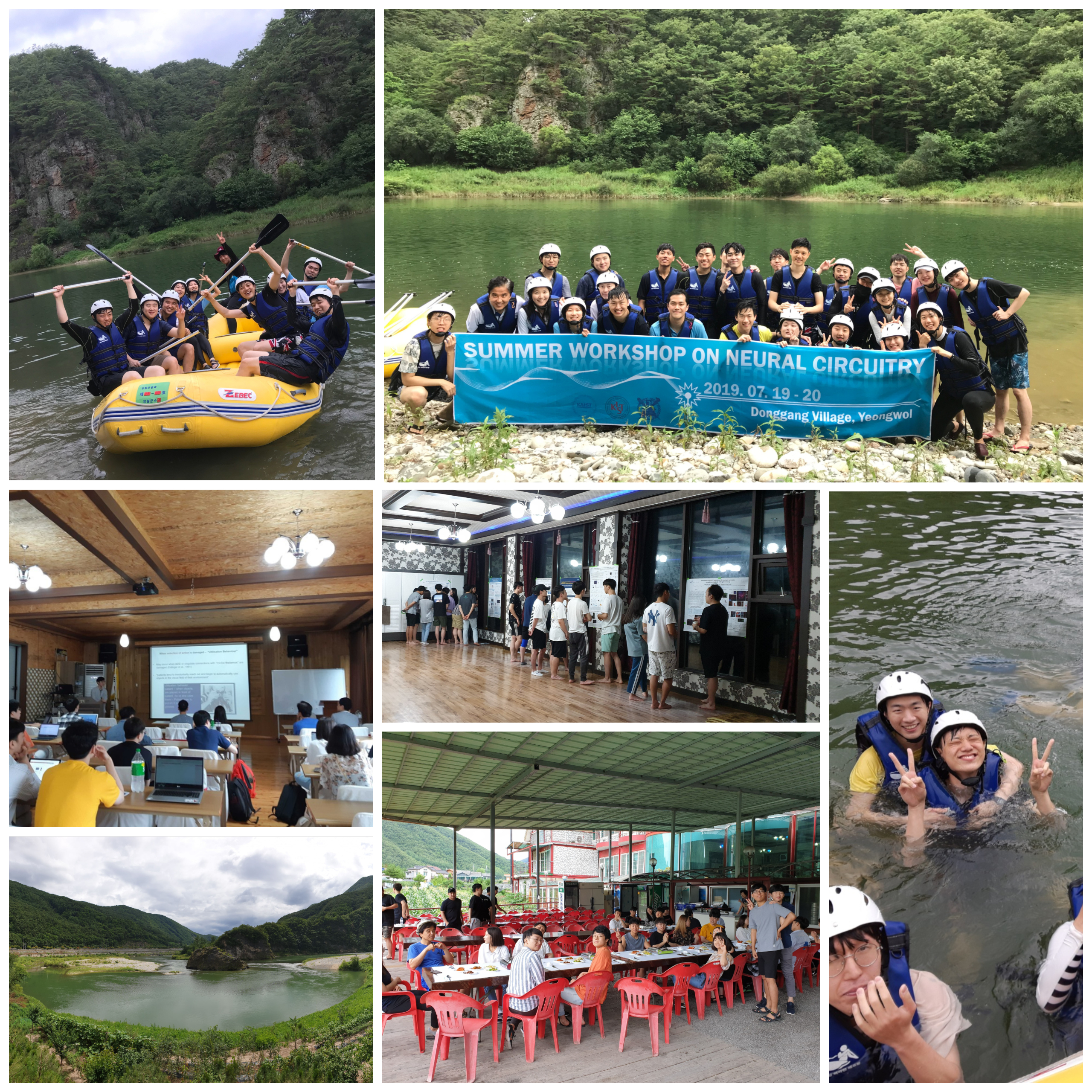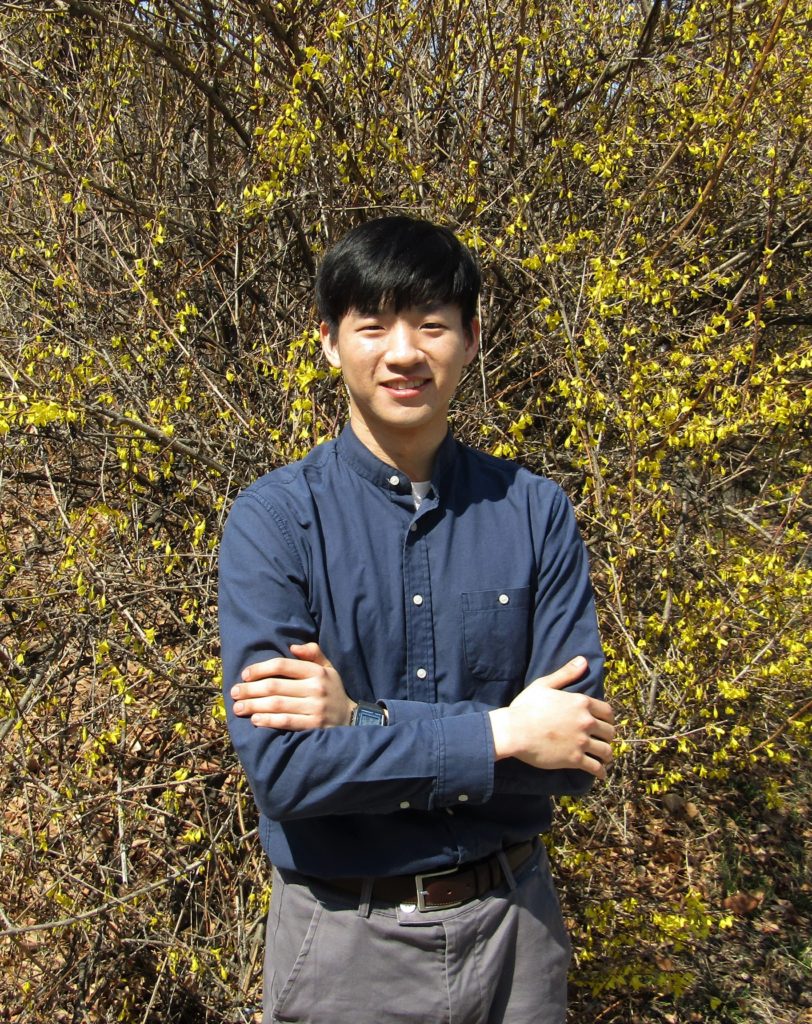Dong-Jun’s first paper, representing the work done in collaboration with Prof. Dal-Hee Min’s lab at Seoul National University, is now published online in Bioconjugate Chemistry! And this paper was chosen as the front cover!
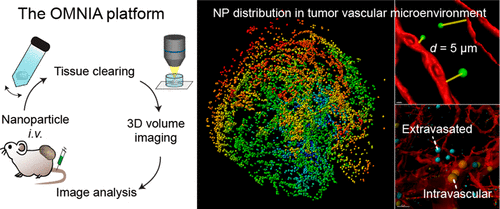
Nanoparticles (NPs) are a promising carrier for cancer therapeutics. Systemically administered NPs are transported to tumor tissues via the bloodstream, extravasated from microvessels, and delivered to cancer cells. The distribution of NPs in the tumor vascular microenvironment critically determines the therapeutic efficacy of NP-delivered drugs, but its precise assessment in 3D across a large volume remains challenging. Here, an analytical platform—termed OMNIA (for Optical Mapping of Nanoparticles and Image Analysis)—integrating tissue clearing, high-resolution optical imaging, and semiautomated image analysis is presented, which enables accurate, unbiased, and quantitative analysis of the distribution of NPs in relation to the vasculature across a large 3D volume. Application of OMNIA to tumor tissues revealed higher accumulation and more efficient extravasation of NPs in the tumor periphery than the core. Time-course analysis demonstrated that the accumulation of NPs in tumor peaked at 24 h after injection, but the relative distribution of NPs from the vasculature remained remarkably stable over time. Comparisons between 45- and 200-nm-sized NPs showed a lower accumulation of smaller NPs in tumors relative to the liver, yet better vessel permeation.
Together, our results demonstrate that OMNIA facilitates precise and reliable evaluation of NP biodistribution, and mechanistic investigations on NP delivery to tumor tissues.
Koo, D. J., Choi, J., Ahn, M., Ahn, B. H., Min, D-. H. and Kim, S. -Y. (2020). Large-scale 3D optical mapping and quantitative analysis of nanoparticle distribution in tumor vascular microenvironment. Bioconjugate Chemistry. 31(7):1784-1794. *featured as the front cover
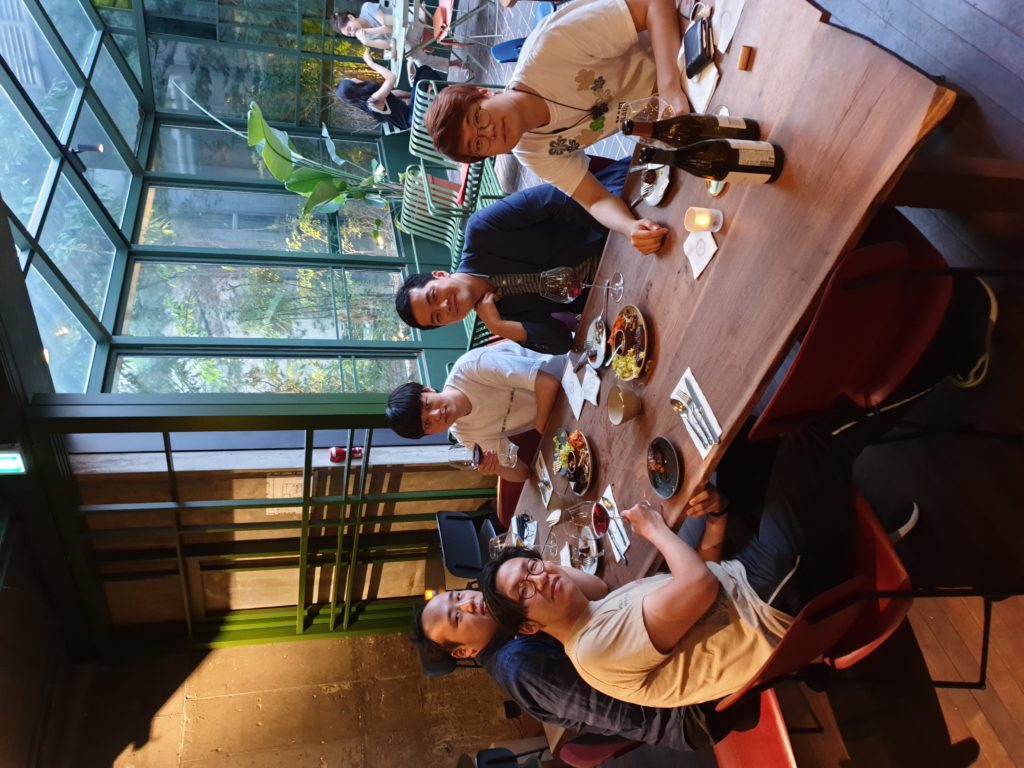
2020. 6. 15. Dinner to congratulate DJ on his first paper and the mechanosensation team on the grant from Samsung
